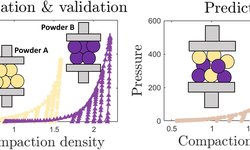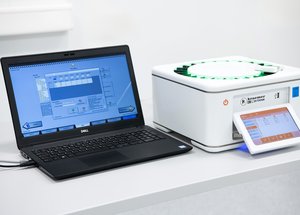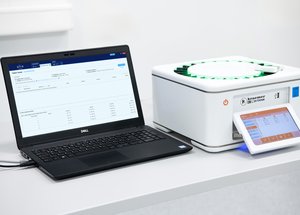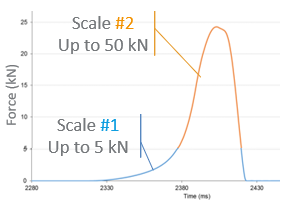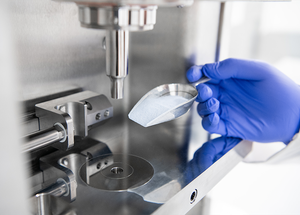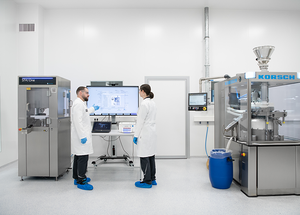Scientific papers
This text describes a set of numerical methods for predictive finite element method (FEM) simulations of the compaction of multi-component pharmaceutical powder formulations across a full range of compositions. An automated parameterization procedure was employed to extract density-dependent Drucker-Prager Cap (dDPC) model parameters from experimental data. These parameters were then interpolated (for mixed formulations) or extrapolated (for demixed formulations) to predict the dDPC model parameters of previously unseen powder formulations. The validation process used pure, binary, and ternary formulations of micro-crystalline cellulose (MCC, plastic), dibasic calcium phosphate dihydrate (DCPD, brittle), and pre-gelatinized starch (STA, elastic) powders. The FEM simulations accurately reproduced compaction curves, with errors only slightly exceeding experimental variability. Using data from pure components alone, the FEM simulations with mixing rules could predict the compaction curves and shear stress distributions of mixtures. Furthermore, a new demixing methodology enabled the prediction of constituent powders' behavior using data from only two or three powder formulations. Together, these methodologies offer a robust tool for rapidly exploring powder formulations within the composition phase diagram, providing essential compaction curves and stress profiles for early-stage formulation process development and tooling design.
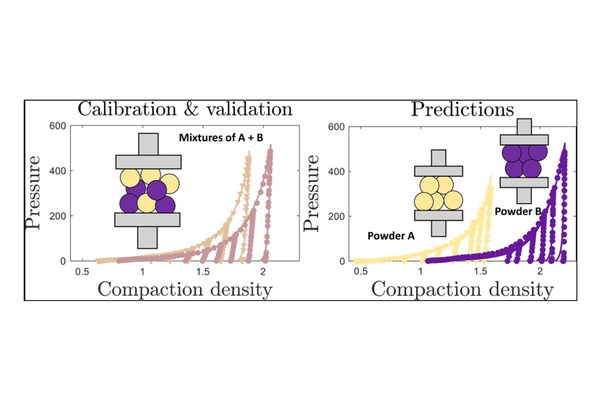
Comments
No comments posted yet.
Add a comment

